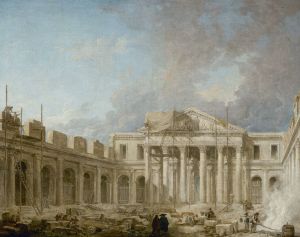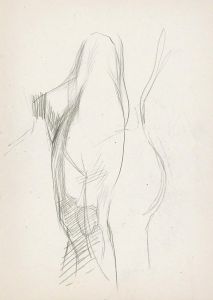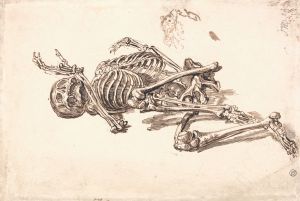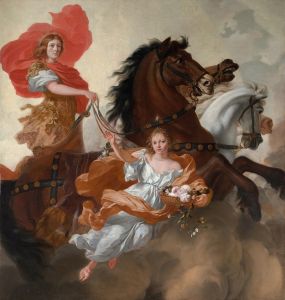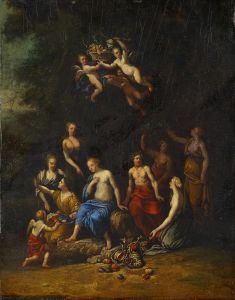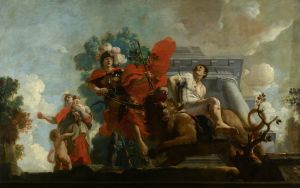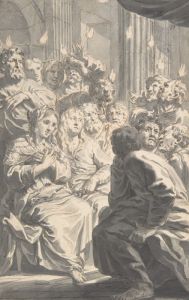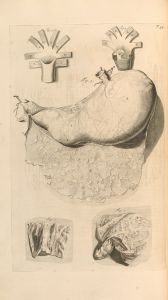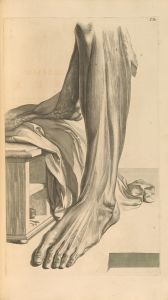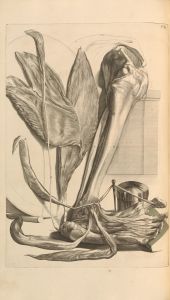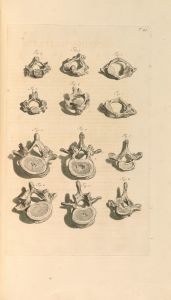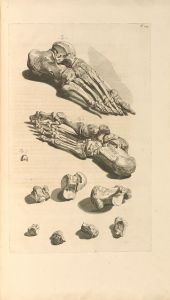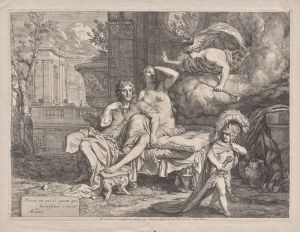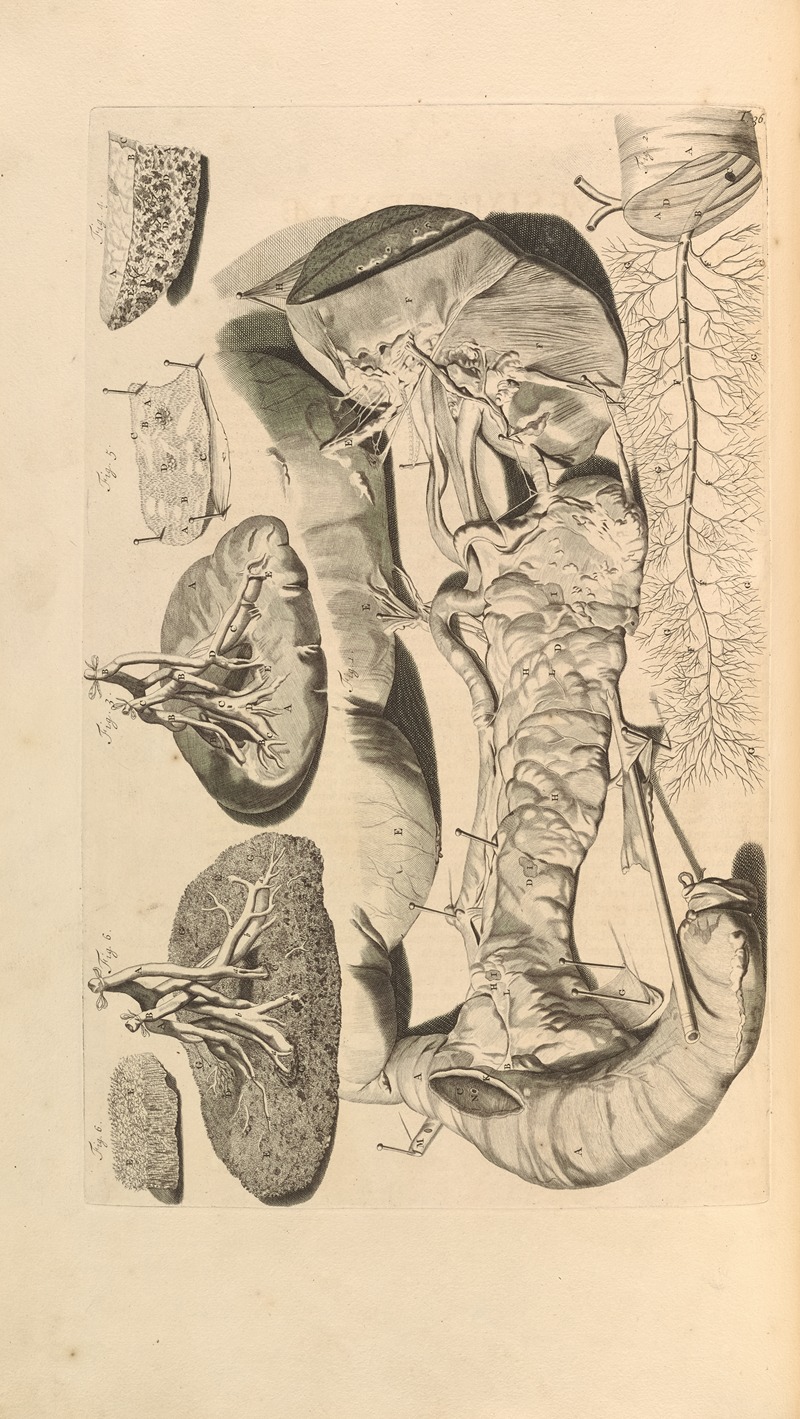
Anatomia humani corporis Pl.037
A hand-painted replica of Gerard de Lairesse’s masterpiece Anatomia humani corporis Pl.037, meticulously crafted by professional artists to capture the true essence of the original. Each piece is created with museum-quality canvas and rare mineral pigments, carefully painted by experienced artists with delicate brushstrokes and rich, layered colors to perfectly recreate the texture of the original artwork. Unlike machine-printed reproductions, this hand-painted version brings the painting to life, infused with the artist’s emotions and skill in every stroke. Whether for personal collection or home decoration, it instantly elevates the artistic atmosphere of any space.
"Anatomia humani corporis Pl.037" is an anatomical illustration created by Gerard de Lairesse, a prominent Dutch Golden Age artist and illustrator, in collaboration with the anatomist Govard Bidloo. This work is part of the larger collection of anatomical plates featured in the book Anatomia Humani Corporis (1685), authored by Bidloo and illustrated by de Lairesse. The book is considered a significant contribution to the study of human anatomy during the late 17th century.
Gerard de Lairesse (1640–1711) was a painter and illustrator known for his classical style and detailed work. Despite being primarily recognized for his contributions to fine art, de Lairesse also made a lasting impact in the field of medical illustration through his collaboration with Bidloo. His artistic skills brought a level of precision and aesthetic quality to anatomical drawings that were rare for the time. The illustrations in Anatomia Humani Corporis are notable for their combination of scientific accuracy and artistic composition, reflecting the intersection of art and science during the Enlightenment.
The plate "Pl.037" is one of the 105 copperplate engravings included in the book. These plates depict various dissections of the human body, showcasing muscles, bones, and internal organs with meticulous detail. The illustrations were based on dissections conducted by Bidloo, who provided the scientific expertise, while de Lairesse translated these observations into visually compelling images. The work was engraved by Abraham Blooteling and other skilled engravers, ensuring the high quality of the final prints.
Anatomia Humani Corporis was groundbreaking for its time, as it presented anatomical studies with unprecedented clarity and artistic refinement. However, the book was also criticized for its lack of systematic organization and the inclusion of artistic embellishments, which some contemporaries felt detracted from its scientific utility. Despite these critiques, the work remains an important historical document in the history of anatomy and medical illustration.
The collaboration between Bidloo and de Lairesse exemplifies the broader cultural trends of the period, where art and science were often intertwined. The detailed anatomical plates, including "Pl.037," continue to be studied and appreciated for their historical and artistic significance.






